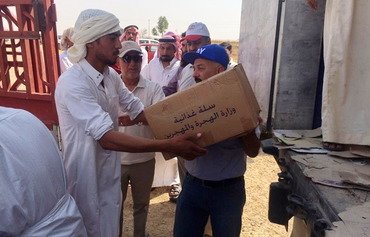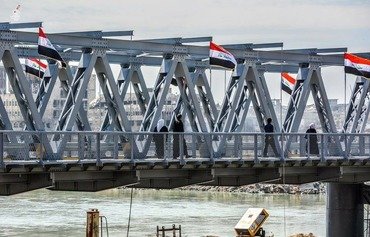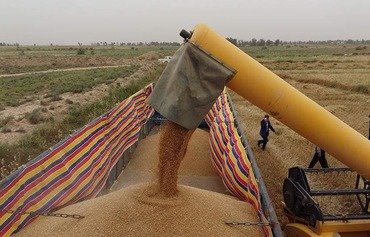Reconstruction of service projects that had been damaged by the "Islamic State of Iraq and Syria" (ISIS) in the border district of Rabia in Ninawa province has begun, the district's administration said Friday (January 24th).
"The Iraqi government has launched efforts to rehabilitate major projects in the health, education, agriculture and municipalities sectors," district director Jassim Mohammed Kanoush told Diyaruna.
"Work has begun to build the 100-bed Rabia General Hospital, a vital project that was supposed to be finished years ago, but its construction was halted during the war against ISIS and it suffered extensive damage," he said.
Once this project is completed, it will help alleviate the burden of traveling for treatment on the residents of Rabia and its roughly 80 villages, he added.
"We also have the (northern) al-Jazeera irrigation project, where the first phase has been completed and we are waiting for the completion of the remaining phases," Kanoush said.
This is one of the most important farming land irrigation projects in the district, he said, adding that it will help advance the agricultural sector and the local economy.
Stable security situation
Work also has started on other service projects, including the repair of roads and drinking water networks, Kanoush said.
The district still suffers from a shortage in water and needs a large project to supply it with water suitable for consumption from the Tigris River or the Mosul Dam, he said.
Meanwhile, reconstruction work is underway on five schools that were damaged in terrorist operations and there are plans to start work on two more schools, he said.
"There are about 100 schools in the district, but that is not enough and we need at least 15 new schools to solve the problem of overcrowded classrooms," he added.
Rabia district, which lies next to the border with Syria, has a population of about 90,000, mostly members of the Shamar tribe.
"The residents who have been displaced from Rabia have almost all returned to their areas," Kanoush said.
Security in the district is "very stable" and there are sufficient numbers of police, army and tribesmen taking part together, with the population's support, in maintaining security and monitoring the border to prevent any militant infiltration, he said.

![Iraqi officials inspect rehabilitation work on the Rabia General Hospital on January 19th. [Photo courtesy of the Free Shamar Tribe Media Facebook page]](/cnmi_di/images/2020/01/24/22138-Rabia-general-hospital-600_384.jpg)






